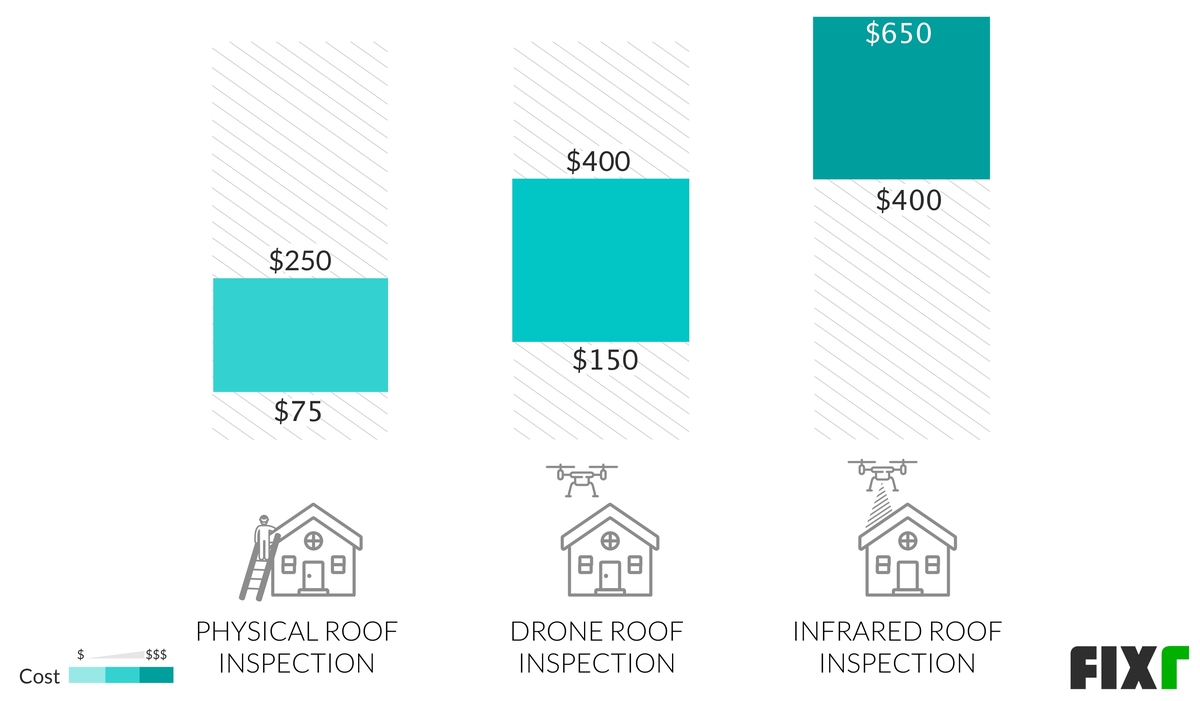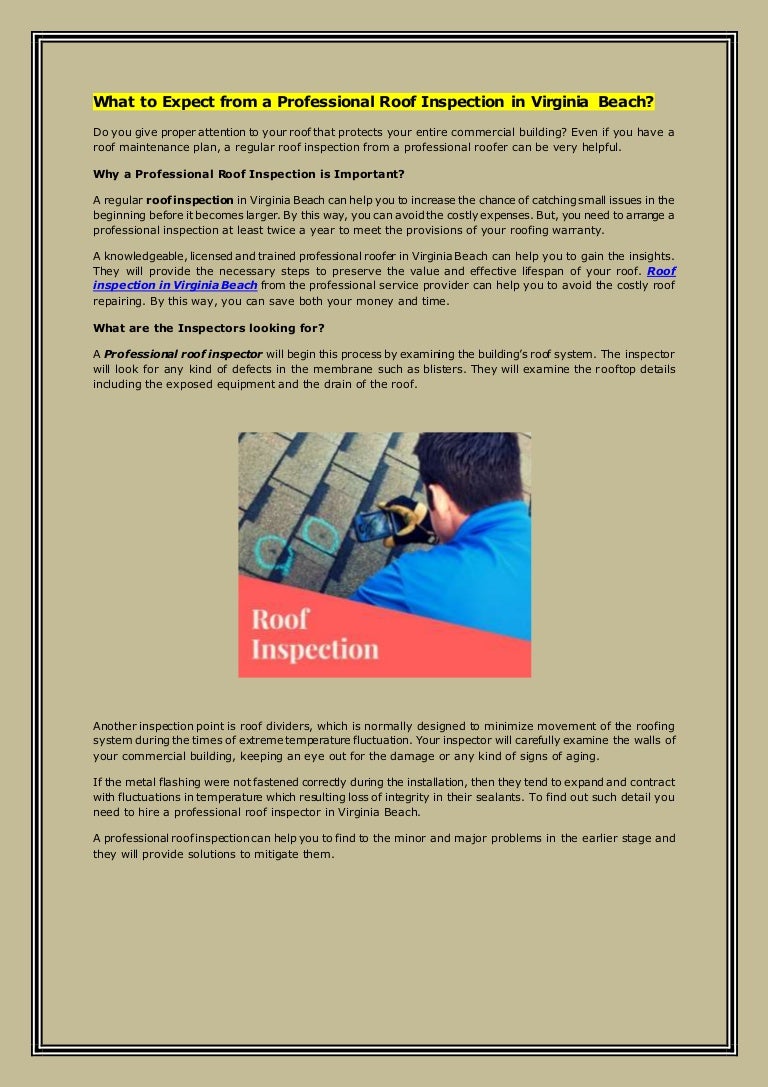What Might Be Found During A Roof Inspection
Table of ContentsWhen Is It Time For A Roof Inspection?Hail Damage: Roof Inspection Guide BaicsA Homeowners' Guide To Roof InspectionCommon Roof Problems An Inspections Will FindWhat To Expect During A Commercial Roof InspectionA Home Inspector's Role Series – What Goes Into A Roof Inspection
They will blister and have granular loss. Next, the matrix (product holding the product together) will be exposed. At this point, water ends up being the primary opponent, waiting patiently for the chance to make its move. Wood shingles and shakes will reveal comparable signs as asphalt when aging. Cupping, curling, lifting, splitting, insect damage, rotting and missing areas are all possible.
You Could Try This Out: https://www.dcroofingarizona.com/residential/roof-coating-tucson/benefits-of-white-roof-coating/
These materials are very fragile. Growth and contraction triggered by the altering seasons will trigger these tiles to crack or end up being loose. Walking on these tiles can be deadly to the product. Cracking and the signs of aging can be challenging to see from the ground. It will normally take an excellent pair of field glasses and a solid ladder to get a bird's eye appearance at the condition of the roof.
House design vs. building products. When looking at your home of your dreams, look for consistency in the architectural style and structure products. A single-story cottage-style home integrated in the '40s with plaster walls and clapboard exterior siding that has actually added a brand-new wing with modern-day structure products may be an indication of unapproved adjustments and subpar workmanship.
Benefits Of Having A Professional Roof Inspection
Electrical electrical wiring. Home fires brought on by malfunctioning electrical wiring prevail. Modern houses have a sufficient supply of power and electrical outlets. Older houses do not. It's normal to see extension cables ranging from space to room in older homes. This puts a burden on the electrical system, outlets and cables and therefore could lead to a fire.

Home Inspection Found Roof Problems-now What?
Any wire that is exposed is vulnerable to physical damage. If this takes place, it's sure to create chaos. Open splice wire (when wire is adjoined utilizing only electrical tape and/or wire connectors) is a typical do-it-yourself task and is typical in garages, attics and crawlspaces along with above dropped ceilings.
Austin Chase keys in on the year your home was developed to provide a list of possibly pricey and harmful conditions or parts that might be prowling. Constructed between 1900 and 1950: Knob and tube electrical wiring consists of merges and circuit box and is thought about outdated and inadequate to cover today's loads.
Why Regular Professional Roof Inspections Are Important

The 3 Most Common Home Inspection Problems
This piping was substantiated of necessity as the military during World War II was utilizing all the iron items for the war effort. A pipe producer in Orangeberg, N.Y., created this piping. If the pipes in the home you are thinking about buying have actually not failed since yet, it is unavoidable.

When To Hire A Roof Inspector
A video sewage system pipeline inspection is paramount. Built in between 1984 and 1990: Faulty ABS piping constructed out of recycled plastic was produced by five manufacturers. The pipeline tends to split within the glue joints. If ABS pipeline exists it is very costly to change. Developed between 1990 and 2000: A NOX rod combined heating system has heat exchangers that will split and release carbon monoxide into the home and possibly can cause fires.
A comprehensive house examination will discover this kind of heating system. Homes of all ages: Crucial is the number-one defect discovered throughout the inspection process: moisture and drain. This is the leading reason for dry rot, major structural damage and hazardous mold. It is essential that grading of the residential or commercial property slopes far from the house.
Common Issues That Home Inspectors Typically Look For On Your Roof
Pipes throughout the home must be devoid of leakages. These criteria need to be fulfilled or the results will be devastating. Try to find the following signs: Assessment for wetness conditions may include air quality testing. This process will spot if there are any mold spores in the air. The presence of hazardous molds can be extremely dangerous to an individual's health and is exceptionally pricey to fix.
House inspector Dave Swartz has actually developed a list of the 10 most common home defects, a lot of them emphasizing the issues that Austin and Rick highlighted above: 1. Faulty electrical wiring. Worn or outdated systems and homeowner additions are the most common problems, particularly in older homes. Electrical system problems are safety related and need immediate attention.
Roofing system problems. Poorly installed and aged surfaces happen often. We likewise see inadequately set up or missing flashing at transition locations. Repairs might be simple or the whole roofing system might require to be replaced. Follow up any negative roofing system findings with an assessment by a competent roofing professional. 3. Heating/cooling system problems.
Buying A New Home? A Roof Inspection Could Save You A Lot
4. Pipes issues. The most typical problems are dripping, out-of-date or problematic systems such as polybutelene. Repair work can frequently be made, however on celebration total system replacement is the only service. 5. Insufficient insulation and ventilation in attic. Poor insulation and bad ventilation cause extreme utility expenses and absence of occupant convenience.
Entire house is badly preserved. Deferred maintenance represents a potential high expense circumstance to bring the home back into condition. If the property owner did not appropriately care for the home, someone will need to later. 7. Poor drainage around the structure. Water needs to recede from the structure at its boundary to prevent water invasion.
8. Air and water permeating cracks and window boundaries at exterior. Structure fractures and separations at the windows can permit water into the wall cavities, which is conducive to mold growth. 9. Minor structural damage. Cut and damaged trusses are typically seen in attic cavities and on occasion we also see structural components missing out on.
Roof Trouble Spots: What Your Inspector Looks For
https://www.youtube.com/embed/8FdQiff1WTg
10. Prospective ecological issues. Indications of mold development represents the current environmental scare. Homebuyers ought to consider a complete ecological assessment of the residential or commercial property before purchasing.
